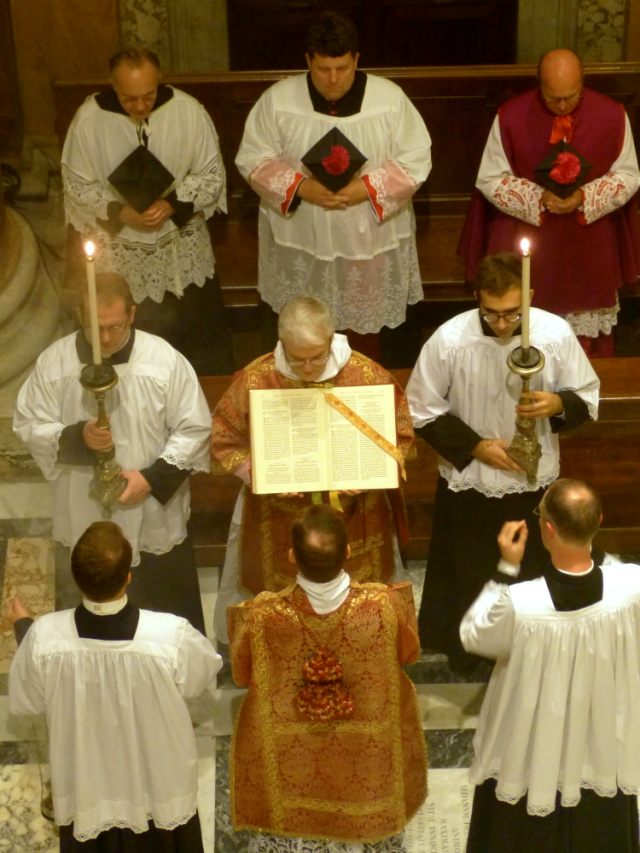In the Midst of the Congregation

The Bible is a communal document, meant to be read out loud in the congregation of the faithful, as the Hebrews and the Early Church practiced. Through time this communal reading becomes the "Consensus of the Fathers". Personal study is good, even necessary, but it is not a document with a private interpretation or allowing for merely intellectual insight. It was not written to the mind, but to the heart, to be heard and obeyed, not to be read and parsed. That's the whole point. There is a process to hearing, receiving, internalizing and "working out" that you don't get with Talmudic parsing, which is not focused on liturgical worship, but on personal knowledge. It is very easy for this kind of "head-oriented" approach to get unbalanced and to become Pharisaism.
Think about it. We see Christ Himself doing liturgical, worship-oriented, teaching and exposition in the Gospels, but never see Him having personal devotions. He prays and fasts by Himself. He reads Scripture together with others and expounds it's meanings for all to hear. I have a general feeling that teachings that cannot be heard and understood by the congregation are not truly "biblical", because this method of congregational exposition is innately biblical to its core.
It also fits with what we know of intercontextual hermeneutics, which proves that you always "read in" to the text. That is the process of lexical meaning, where communities define the meanings of words and texts determine the structure of meaning, a cyclical process that is always defining the cultural understanding of truth, incorporating but not restricted to the individual intellect. The earliest way of reading Scripture then, is the best way, according to the highest forms of literary criticism. The Christian practice has always been Psalm, Old Testament, New Testament Epistle, Gospel, followed by a Sermon. This traditional liturgy, in reality, is not an aesthetic choice. It is a doctrinal mining tool, set up to extract meaning from text for community in a very particular way.
There are three things at work in the order of readings. First, typological method and Old/New contrast and fulfillment are the methods used in the NT to show Christ to both the Jews and Gentiles. Second, Christ gives this order when He tells us what "speaks of" himself. And thirdly, the Gospels are the full revelation of God's Word, revealing Christ, the whole point of God's Covenant with Israel and the revelation of God's love, mercy, grace and truth for all ages. Thus, the Gospels crown all readings and form the lens through which we understand them.



Comments
Post a Comment